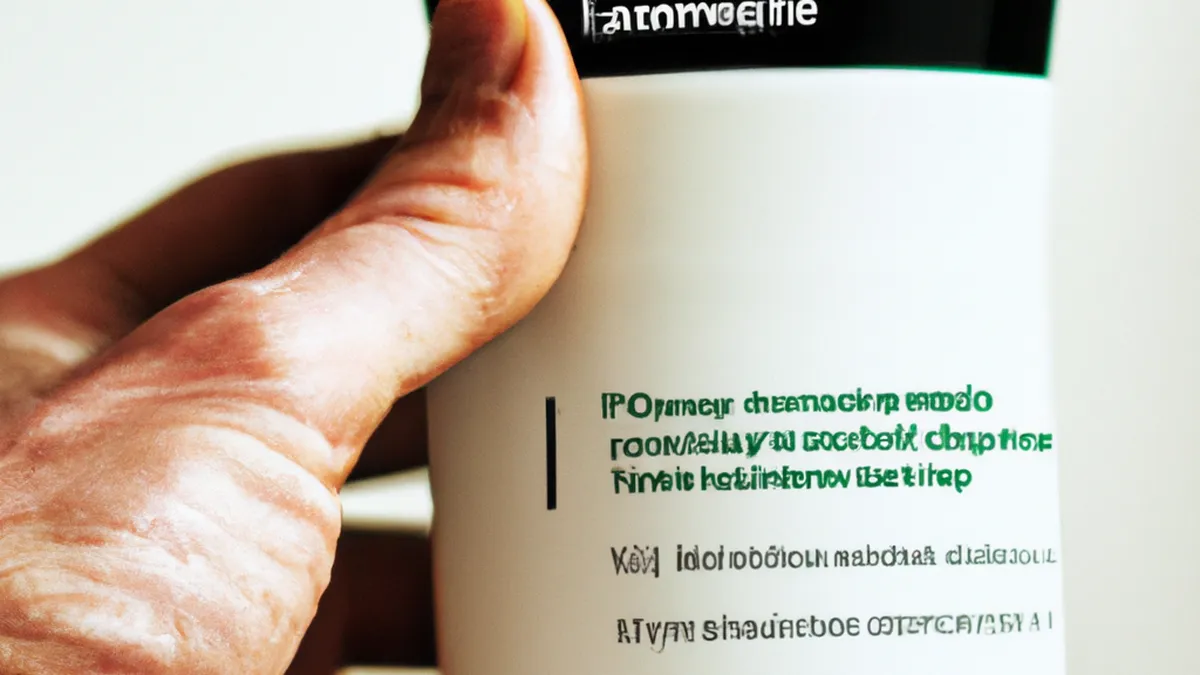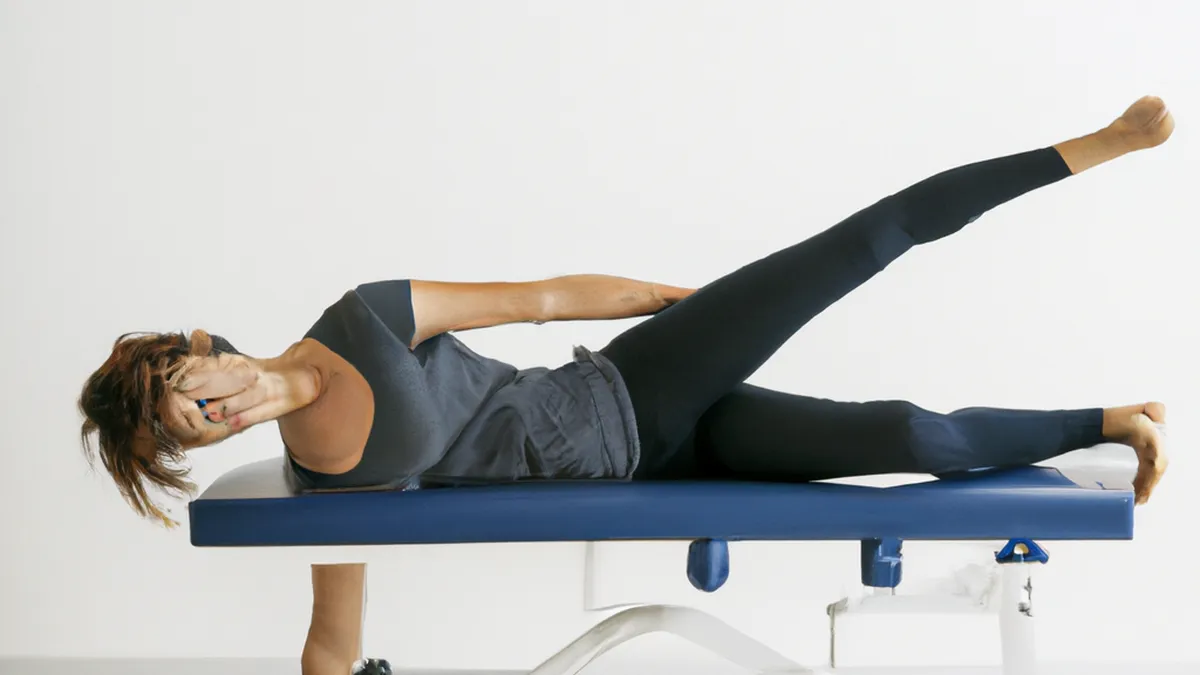Refine Techniques for Safer Sports Engagement
How to Modify Sports Techniques to Reduce Elbow Tendinopathy Risk
Elbow tendinopathy, known as “tennis elbow” or “golfer’s elbow,” affects many athletes. This painful condition can force you away from your favorite sports. Fortunately, modifying your sports technique can significantly reduce this risk. This post explores effective techniques to help you stay injury-free.
Gear tip: consider foam roller, lacrosse ball and massage gun to support this workout.
Understanding Elbow Tendinopathy
Elbow tendinopathy occurs when tendons around the elbow become inflamed or degenerate. Athletes in racquet sports, weightlifting, and throwing sports often face this issue. Repetitive stress on the elbow leads to pain and decreased performance. Understanding contributing factors is essential for prevention.
Assess Your Grip Technique
Your grip significantly impacts elbow health. A poor grip places undue stress on your elbow tendons. Use these tips to modify your grip technique:
Choose the Right Equipment
Ensure you use equipment appropriate for your sport. In racquet sports, select a racquet with a comfortable grip size. A grip that’s too small or too large increases tension in your forearm muscles. In weightlifting, choose a balanced barbell or dumbbell that allows for a natural grip.
Maintain a Relaxed Grip
Keep a relaxed grip while playing. A tight grip increases pressure on your elbow. Instead, keep your hand loose for better movement and less strain. Practice gripping your equipment gently, especially during high-impact activities.
Use Proper Hand Position
Pay attention to your hand positioning. For racquet sports, keep your wrist in a neutral position. Avoid excessive bending or twisting to prevent straining your elbow. In weightlifting, align your wrists straight with your forearms.
Focus on Body Mechanics
Your overall body mechanics significantly impact elbow health. Use these strategies to improve your mechanics:
Optimize Your Stance
Adopt the right stance to distribute force evenly. Whether playing tennis or basketball, keep your feet shoulder-width apart. This stance provides stability and reduces unnecessary strain on your upper body.
Incorporate Core Strength
A strong core supports your upper body during athletic movements. Include core-strengthening exercises in your training. Planks, bridges, and rotational movements stabilize your torso, reducing stress on your elbows.
Avoid Overextending Your Arm
Avoid overextending your arms during play. This action creates excessive tension on the elbow. Focus on controlled movements and limit extreme ranges of motion to prevent overuse injuries.
Implement Progressive Training
Overtraining can lead to elbow tendinopathy. Implement progressive training techniques to mitigate this risk. Use these tips for mindful training:
Gradually Increase Intensity
When starting a new sport or returning from injury, gradually increase your training intensity. Avoid jumping into high-volume or high-intensity workouts. Build strength and endurance over time to help your body adapt.
Incorporate Rest Days
Schedule regular rest days in your training plan. Rest is vital for recovery and injury prevention. Allow your muscles and tendons time to recover for optimal performance.
Listen to Your Body
Always listen to your body. If you feel pain or discomfort in your elbow, take a break. Continuing through pain can lead to severe injuries. Modify your activities and consult a professional if necessary.
Benefits of Modified Techniques
Modifying your sports techniques offers numerous benefits. First, you reduce the risk of elbow tendinopathy, allowing you to stay active longer. Second, improved technique enhances your performance. You will experience greater control and precision. Lastly, focusing on proper mechanics promotes better body alignment and reduces injury risk.
Conclusion
Preventing elbow tendinopathy is crucial for athletes in all sports. Modify your grip technique, focus on body mechanics, and implement progressive training to reduce your risk. Choose the right equipment, maintain a relaxed grip, and listen to your body. By taking these steps, you can enjoy your favorite sports while keeping your elbows healthy and pain-free. Stay proactive, and your elbows will thank you!
Below are related products based on this post:
FAQ
What is elbow tendinopathy and who is at risk?
Elbow tendinopathy, commonly referred to as “tennis elbow” or “golfer’s elbow,” occurs when the tendons around the elbow become inflamed or degenerate. Athletes involved in racquet sports, weightlifting, and throwing sports are particularly at risk due to the repetitive stress placed on the elbow during these activities.
How can I modify my grip technique to reduce the risk of elbow tendinopathy?
To reduce the risk of elbow tendinopathy, it’s essential to choose the right equipment that fits your sport, maintain a relaxed grip while playing, and ensure proper hand positioning. For racquet sports, select a racquet with a comfortable grip size and keep your wrist in a neutral position to avoid unnecessary strain.
What training practices can help prevent elbow tendinopathy?
Implementing progressive training techniques is key to preventing elbow tendinopathy. Gradually increase the intensity of your workouts, incorporate regular rest days for recovery, and always listen to your body. If you experience pain or discomfort in your elbow, it’s important to take a break and consult a professional if necessary.















Post Comment